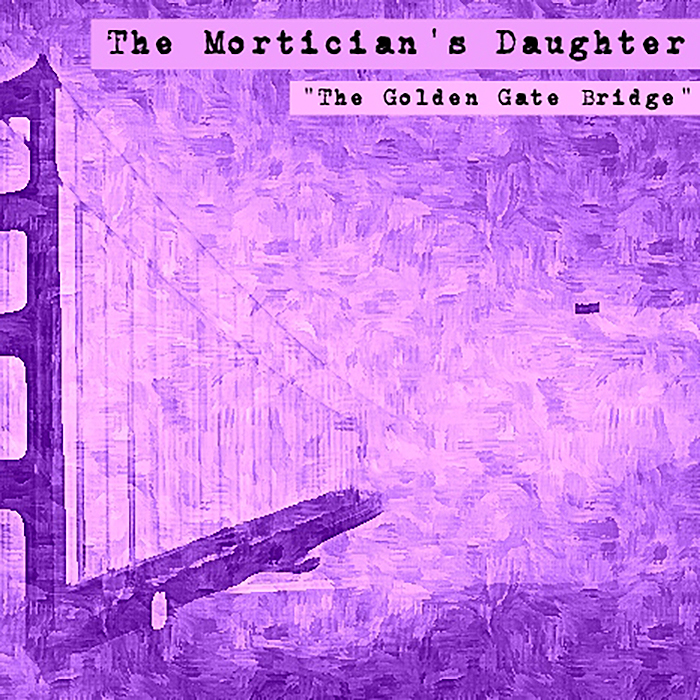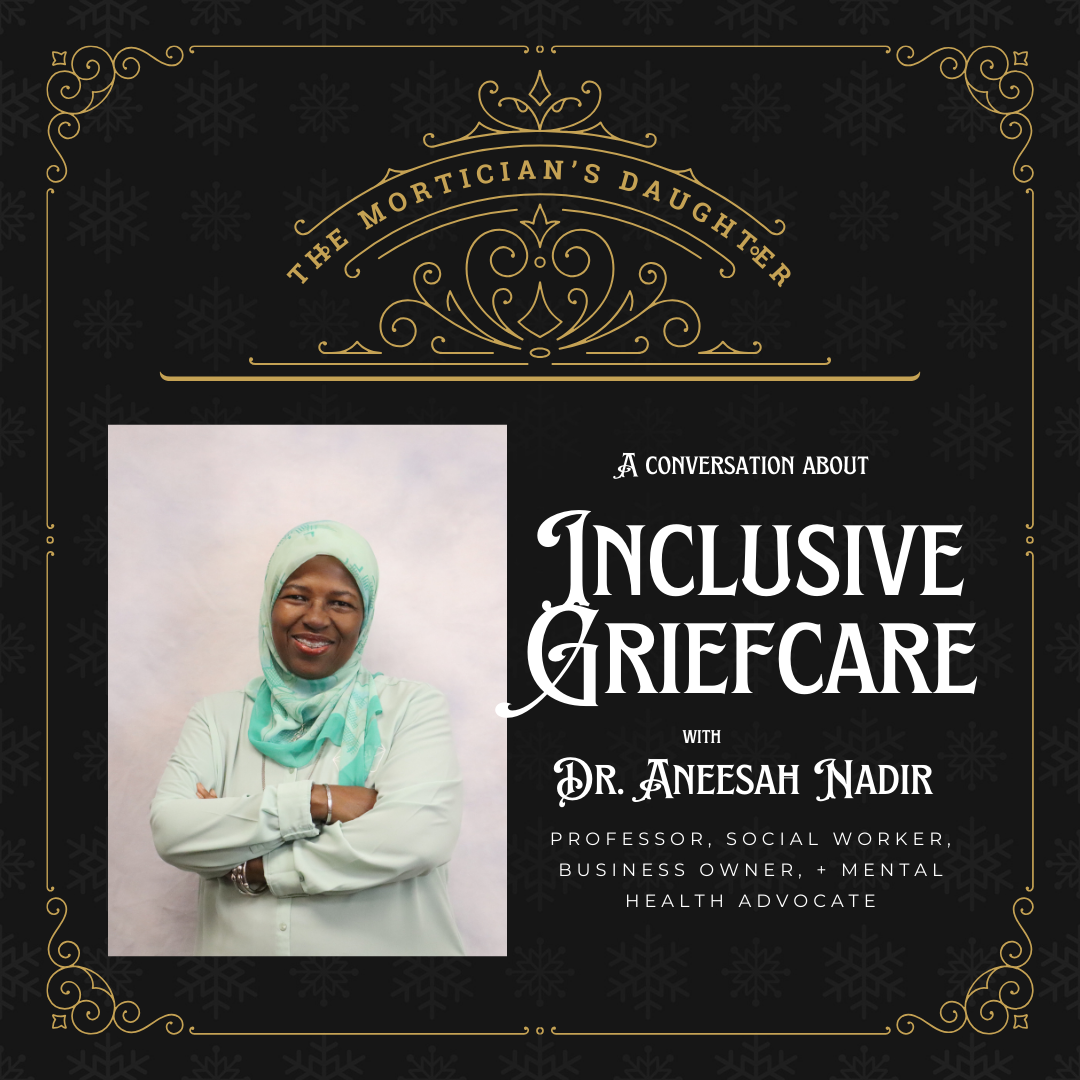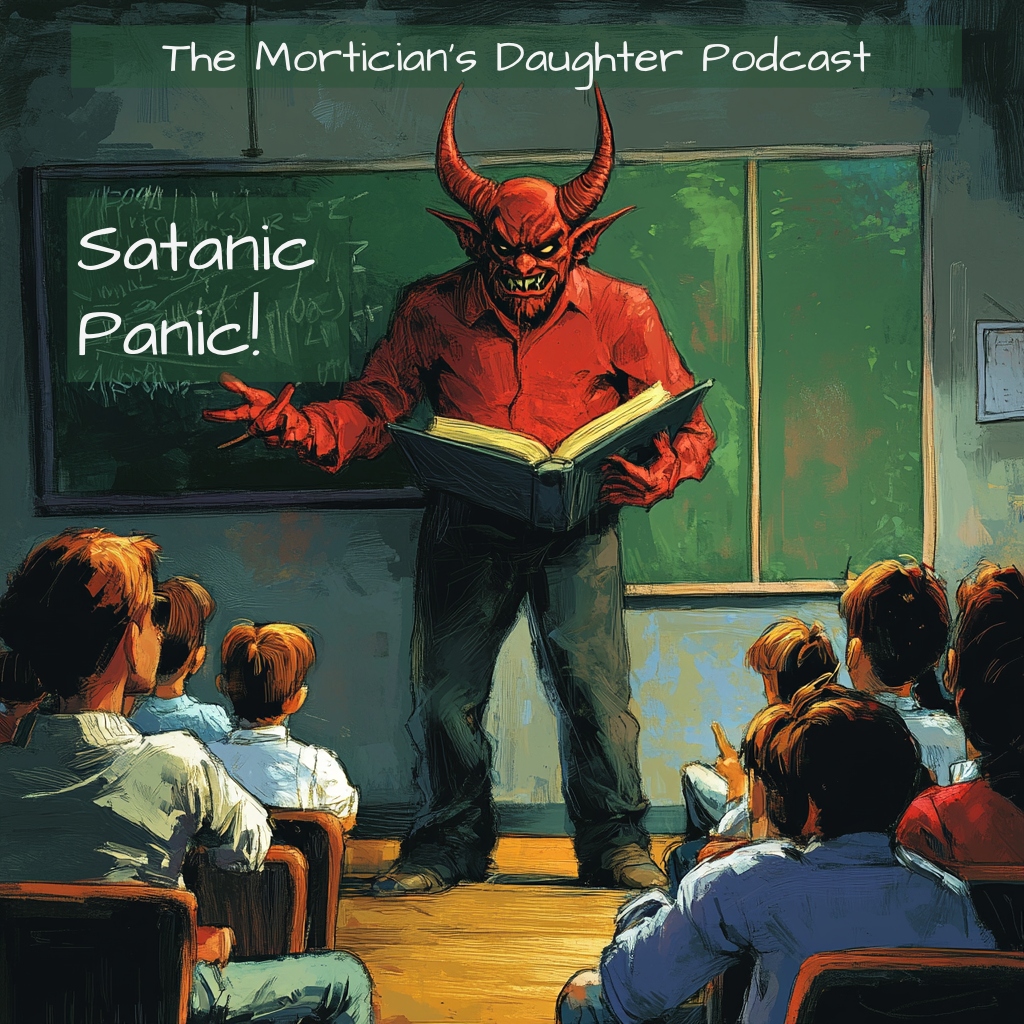Episode Transcript
Summers in Arizona can be especially difficult for families in need. We just wanted to take a moment this month to remind our local listeners that St. Vincent de Paul helps families right here in the Phoenix area with food, medical assistance, and more. They are currently seeking donations so if you’re ready to Marie Kondo your house or get rid of some unneeded clutter, consider helping out this local organization. You can find out more about direct donations or volunteer opportunities at st vincent de paul .net. And now on to our show.
--
Hello to all you hellions out there! I hope the summer heat isn’t beating you down. For those not in the know, I reside is the always sunny Sonoran desert, in the Phoenix Metro Area, so I learned young that summertime is a thing to be dreaded. A time for sunburns and heat stroke and sizzling feet bottoms on asphalt.
But, if you look really, really, really hard, you can start to see some of the beauty hidden in that dry Phoenix weather. All those listless afternoons spent inside reading or listening to music, hiding from the heat, like the inverse of the hygge. There are pool parties and late nights that start after sunset and don’t end until morning. Don’t get me wrong. I love my home state. Part of the reason why is because, if you’re not careful, it will kill you. But another reason has something to do with its strange, mystical beauty.
And, when that first cool autumn breeze hits, you feel reborn. Like the mythical bird for which our fair city was named, we rise up out of the ashes of our summer blaze so that we might pull cardigans out of our closets in anticipation of that first seasonal chill.
And, as any resident of the Valley of the Sun can tell you, it’s important to have a plan when it comes to dealing with the summer heat and resultant depression.
Personally, I love to pass long stretches of the summer in the cool confines of the public library. I actually have quite a collection of library cards, nearly all in good standing. The air conditioner is turned down low and the landscape filled with books. And, as a kid, I would pass many an idle summer’s day at the local library reading books and magazines. I never outgrew the habit even if my grown-up schedule doesn’t quite afford the same amount of free time.
But, I did recently retreat to the cooler climate of the downtown Chandler Public Library and was casually perusing some art books when I got to thinking, “Jeez, just how many saints died terrible, horrible deaths on the path to sainthood?”
I mean, think about it. Art is littered with terrible visions of saints dying.
And, just to be clear, I am talking about Catholic or Christian Saints, in this instance. Lots of other religions have their own extra holy people that they call saints. From the Jewish tzadik to the Buddhist bodhisattva, from the gurus and the local deities to that woman down the block who knits hats all day for newborns and cancer patients, the word saint can be applied to different people around the world and throughout history.
But, the Roman Catholic tradition has a very specific take on the word “saint’ and what is required to become one. That’s what we’re going to look at today. And, in the Roman Catholic tradition, there are certain things you have to do in order to officially become a saint. Like, first, you have to be a Christian. Usually a baptized Catholic.
The Telegraph published a guide for anyone hoping to become sainted after they die. And, first you must be a devout Christian, preferably a Catholic. Like I just mentioned. You must also lead a saintly life and perform not one, but two miracles. And, of course, you have to be dead. Only five years after your death could the bishops and the Pope even start to analyze the saintly status of your life on Earth to determine if you warrant the title. Like I said, other traditions have other paths to sainthood, but in the interest of saving time, we’re focusing on Catholic sainthood.
But, let’s just say for a minute that you don’t have the power to perform miracles, sainthood isn’t entirely off the table for you just yet. There’s one last hope. Martyrs, or those who died for their faith, can be beatified without evidence of a miracle.
Which brings me back to that air conditioned library, flipping through the high gloss pages of a book, thinking about the gruesome ends of some saints. Like St. Bartholomew the Apostle who was flayed alive or St. Sebastian and his arrow pierced body. Both figures were popular subjects for European artists.
And that’s not too surprising given that the Catholic Church commissioned a lot of artwork during the known history of quote-unquote Western Civilization. But I don’t dare digress on this topic so let’s head back to our topic: Saints.
Now, Saint Stephen is generally considered to be the first Christian martyr or the proto-protomartyr. A protomartyr is the first martyr in any country or of any group. Protomartyr is also a pretty rad band from Detroit, in case you were wondering. Anyway, St. Stephen, the first Christian martyr, was stoned to death by Jewish authorities in Israel.
Saul, a Pharisee from Tarsus, who witnessed the death of St. Stephen went on to become Paul the Apostle who was beheaded on Nero's orders either in Rome or very near Rome on the Via Laurentina. In fact, there’s a story that when St. Paul was decapitated his head bounced three times and that’s what gave rise to the San Paolo alle Tre Fontane - or St Paul at the Three Fountains - a water source considered sacred by some. In fact, the Papal Basilica of St. Paul Outside the Walls was built near the site where Paul purportedly lost his head on the road to Rome. This same Basilica holds St. Paul’s tomb to this day.
Saint Peter, one of the 12 Apostles, was also killed by Romans in the age of Emperor Nero. Peter died by crucifixion which, as you may know, was quite popular with Romans of the First Century. Now, the way I heard it, Peter found it blasphemous that he should die in the exact same manner and his lord and savior, Jesus, so he made a request that the cross be inverted and he be crucified upside down. So, the Romans abided and crucified Peter on an upside down cross where St. Peter’s Basilica now stands within the Vatican.
There was also St. John the Baptist was famously decapitated by Herod Antipas, another Roman, when his stepdaughter, Salome, demanded his head.
But, seriously, if I were just to start listing off Saints that died by crucifixion or beheading, this could get very tedious very quickly.
Let’s look at some of the more memorable figures, like St. Peter of Verona. This Peter was a Dominican friar killed in 1252 by two assassins who struck him with an axe in the head. Despite this fatal blow that removed the top of his head, legend says Peter rose to his knees and began reciting the Apostle's Creed. He even dipped his fingers in his own blood so he could write, "Credo in Deum" on the ground. All this with the top of his head gone.
Maybe that’s not as impressive as St. Denis, a bishop of Paris from the 3rd Century and a Christian martyr. Once again, we’re dealing with a decapitation, but when St. Denis was separated from his head, the story says he picked it up again and carried his own head several miles so he could deliver a sermon about repentance. October 9 is celebrated as the feast of Saint Denis and the companions that were murdered and buried with him. This feast day has been celebrated annually since roughly the year 800 C.E. and Saint Genevieve, the Patron Saint of Paris, got the ball rolling on erecting the basilica honoring Denis and his companions. Fun fact, St. Denis is invoked against diabolical possession and headaches… which are basically the same thing in my opinion.
Okay, let's not forget about the women from history. Like St. Agatha of Silicy who took a vow of purity only to be tortured to death for refusing the advances of a Roman general. Her breasts were cut off and she died in prison.
And, likewise, Agnes of Rome swore to herself to remain a virgin follower of Christ and was dragged naked through the streets to a brothel. There are differing accounts of what happened next. Some say that all the soldiers who tried to rape her were struck blind. One account claims St. Agnes immediately started growing hair all over her body. And, in other accounts, she was tried and tied to a stake to be burned alive but the fire wouldn’t touch her so a Roman officer beheaded her with his sword.
Saint Catherine of Alexandria, aka Saint Catherine of the Wheel, was a scholar and a princess. Between the age of 14, when she was converted after a vision of the Madonna and Child, and the age of 18, when she was martyred, she lived a saintly life that inspired later martyrs like Joan of Arc. The story goes that Catherine, daughter to the governor of Alexandria, decided to sass the Roman emperor at the time for his excessive cruelty to Christians. The emperor then sent for philosophers and the like to argue with Catherine, hoping to win her back from her newfound religious beliefs, but Catherine won each argument she was faced with. So the emperor had her scourged and imprisoned.
Scourged, in case you don’t know, is what happens when you get beaten with a whip or lash… something that leaves deep and lasting marks. Although Catherine was imprisoned without food so that she would eventually starve to death, she was fed daily by a dove. Of course, the emperor was so impressed he proposed marriage, but she refused stating she was married to Christ and then was subsequently beheaded.
Maybe Saints are a little like vampires. So many of them fail to succumb to the tortures they’re subjected to, but cut off their head and then that’s that.
Okay, more examples. Like, Lucia of Syracuse, also known as Saint Lucy, same thing. According to the story, St. Agatha visited the young Lucy in a dream and encouraged her to distribute the wealth intended for her dowry to the poor. The Governor of Syracuse, hearing of what Lucy had done, ordered the girl to make a sacrifice. When she refused, he ordered her raped in a brothel but the guards were unable to move her, not even when they hitched a team of oxen to her. So, they tried to burn her, but once again, no such luck. So a sword to the throat did her in.
See what I mean? Couldn’t kill her with fire or drag her to her death with oxen. Had to use a sword to the neck. The silver bullet for catholic saints. Well, that and crucifixion, I guess.
The largest group of Christian martyrs are the Martyr Saints of China.
The Martyr Saints of China refers to a group of 87 Chinese Catholics and 33 Western missionaries who were martyred for their faith. Many of them died during the Boxer Rebellion in which anti-colonial peasants rose up and slaughtered 30,000 Chinese converts, missionaries, and foreigners. All were sainted, from Saint Paul Denn, a priest, to Saint Paulus Lang Fu, a nine year old boy.
But, let’s bring it a bit more present tense for a moment, just in case you think Martyrdom is a thing for the history books. Wrong. Just this year, three churches were bombed in Sri Lanka on Easter Sunday, along with several other targeted locations.
And the deadliest mass shooting in Texas and the fifth-deadliest mass shooting in the United States happened at a Baptist church in place called Sutherland Springs in 2017.
Sure seems like people are always acting crazy and killing each other for religious reasons. In history and in the modern world. You’d think god does enough killing without needing humans to pitch in, but what do I know.


